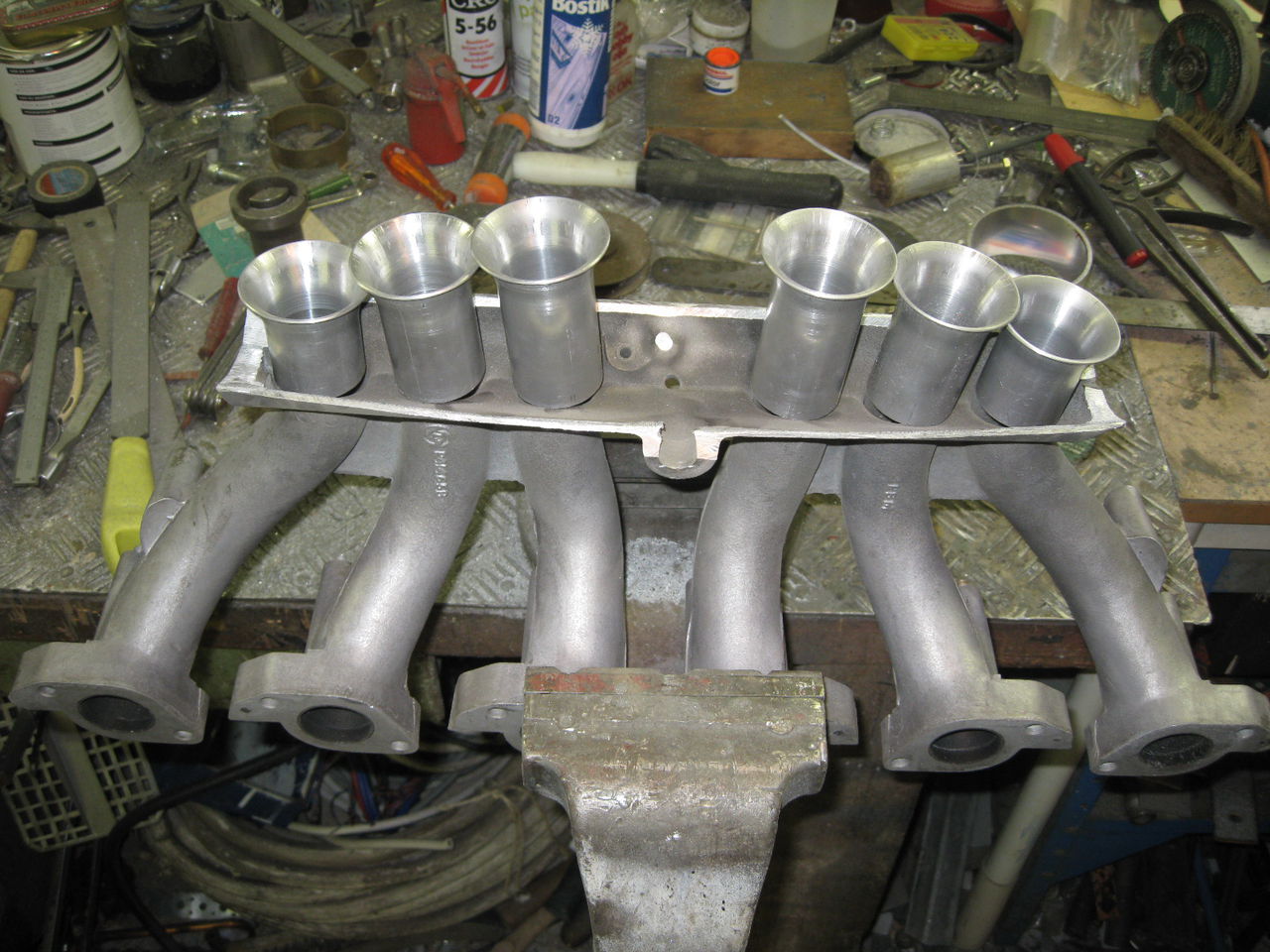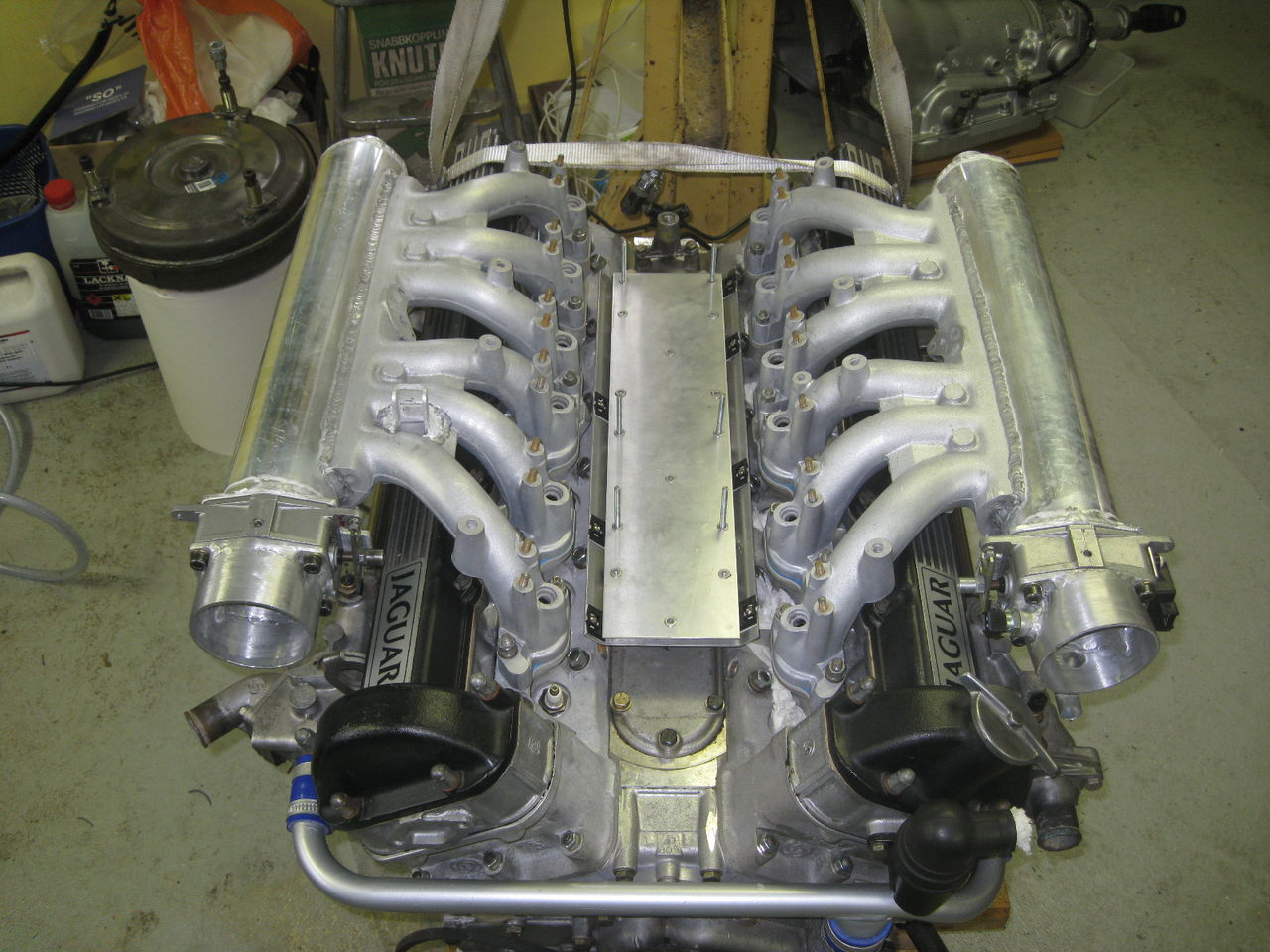And they are running on pump fuel?
No, but many street cars with high boost do, and make more than 200 hp.
everyone here miss the most important thing about those MARINE engines!
i have had over 40 yrs of building them,all types , because they are COOLED by ocean water(including closed systems), you can run much higher tuning set ups, like more ignition lead, leaner fuel mixtures ,more compression, and long steady run times at full throttle!
relative to a road race , or endurance racing, i lived in Daytona for 30 odd yrs , and witnessed many Jag V12 racing for long 24 hrs , and in last couple hrs OVERHEAT, fact is probably 90% went down some limped to the end , but not win!
a simple fact is you will NOT overheat the OCEANS, for cooling! and you can run a completly different type of engine build!
the JAG V12 was never designed for extreme racing, relative some other engines!
YES i have one ,26yrs now , and i’m always watching my Digital temps, TEXAS 100+ ambient summers!
ron
also something about the Famous May Fireball chamber design, ever wonder why he called it Fireball!
again a little credit to GM USA, GM bought out Buick late 20s for his hi-swirl chamber (he called it Fireball).
old pic of the chamber that finally ended up on Chevys New 6 inline engine ,for 1928!ron .
.
May chamber is not an exact copy ,BUT PRINCIPLE is the same!, very high swirl! could be why May called it fireball, .
ron
Yes, the V12’s heat issues are well known, as is the GM pocket chamber tribute. The question still at hand, is the HE head 's relative strength in a boosted application vs Pre HE.
Given that there are a number of twin turbocharged and twin supercharged 700HP+ V12s out there, clearly even without an ocean of water the heat dissipation can be managed to a livable extent (Bradley Smith, Lister, Some Thunder from Down Under.) It’s just notable, that Bonner - again if you fully believe what they did - managed to achieve a better balance in boosted form from the modified HE head. I’m not sure what the ocean has to do with it from a relative perspective between the two head types. Track might mean hotter sooner, but the modified HE chamber might mean managing that heat for longer at whatever comparable boost/HP level. Ocean or no, we have one firms’ testimony that the HE head, with work, is a better choice on boost.
~Paul K.
be aware that a problem with the preHE Heron chamber was the slow combustion process,(reffered to as Quiecient), but do remember that with forced induction ,say 15psi in the inlet manifold/runners/ports, the speed of cylinder filling(thats what we are trying to do), doubled the CFM speed!
that alone would change many of the limits of the problems in breathing and port restrictions!
Paul , i’m not gonna build anything that sofisticated at this time in life, and i am more than satisfied with my 26yr old mods, i have been Supercharging engines since 1962 , and turbocharging since 1979, i have many ideas /theories etc, many never tried or ever heard of!
also you havent mentioned MW50 injections, or Methanol , or the KING of auxilairy injections!
NITROMETHANE , easily a 1000% increase in power/torque!
you see i have tried all those things many years ago , HANDS on ,not just reading what someone else had done!
ron
Honestly at this point I’m just wondering where it all went wrong and how the goal post got moved so far away from ITBs.
~Paul
Got it!!! ???
ron
Thread drift happens. ![]()
So reading through this, designing the bodies are easy, the length of runners and injector angle are the grey area. I’m thinking of going with an injector height from block ports of about 4 inches and an injector angle of 30 degrees from vertical.
I’ll post from designs tonight.
Not so much gray, as space-limited: generally speaking, longer runners equals better low-end torques. Witness the runners on 300 Gullwings, and in many modern cars.
Going back to a previous car we owned a Mazda 626 v6 2.5 this had a valve that changed the inlet tract from long to short at <> 3000rpm you could feel the change as the power increased much as VVT changes the power delivery.
My BMW which I have passed on this weekend was prepared for ‘disa’, a flap that opens the intake tract somehow at higher rpm, shortening the runners. Same deal.
Ahh runner length and space restriction isn’t my problem, this is going in my Mercedes 190, there is a cut out in the bonnet to allow trumpets.
main reason Top Fuel run a large chamber 6.0-1 compression ratio so they can put more liquid FUEL into the chamber ,
and as it burns it produces more volume of OXYGEN !
been there done that!
ron
also pic of Jaguar v12 design of ports tec.IMG.pdf (621.6 KB) .
1968!
Yepp… running as close as possible to hydraulic lock…
Air fuel ratio is 1,7:1 compered to normal petrol that has AFR of 14,7:1 …
the blower pushes more fuel than air in Top Fuel engines , like a large fuel pump!
ron
Thats a vey usefull document… found it like 10 years ago when making my modified inlets I would pay more attention to the design of the bellmouth or whatever you call them then trying to calculate the “correct” runner length… In this case I just tried to make them equally in length
back 25yrs , i had my inlet plenums and runners EXTRUDE HONED, measured before and after around a 10% increase in total volume, also took all the rough bolt humps and bumps, a VERY nice contour into runners, along with removing the inside inject bumps!
how much it helps,DONNO,! also oversize throttle bodies, 4MM larger than stock!
.
it would be interesting what you have done, will actually help and how much?
BUT good exercise in building them?
hows the throttle linkage look like!
ron



